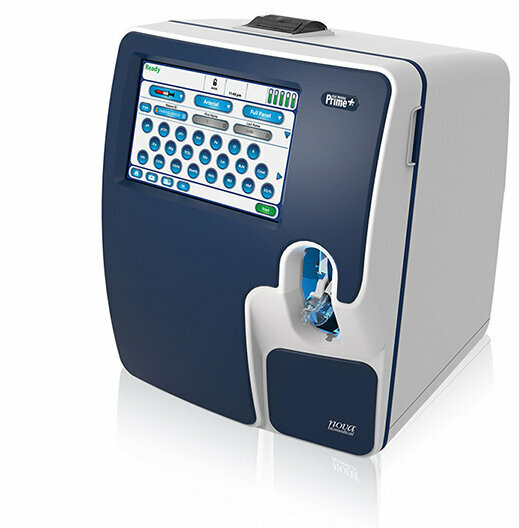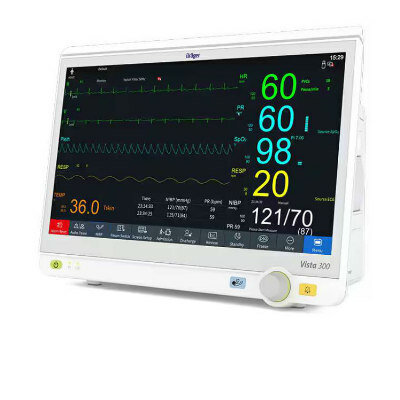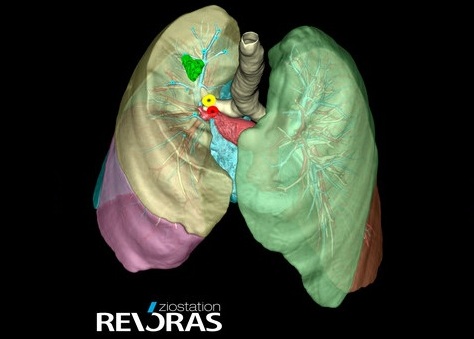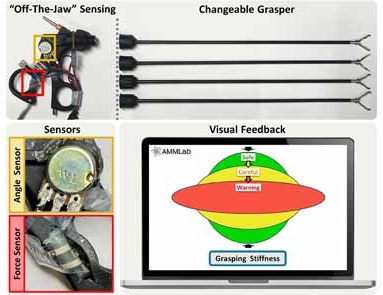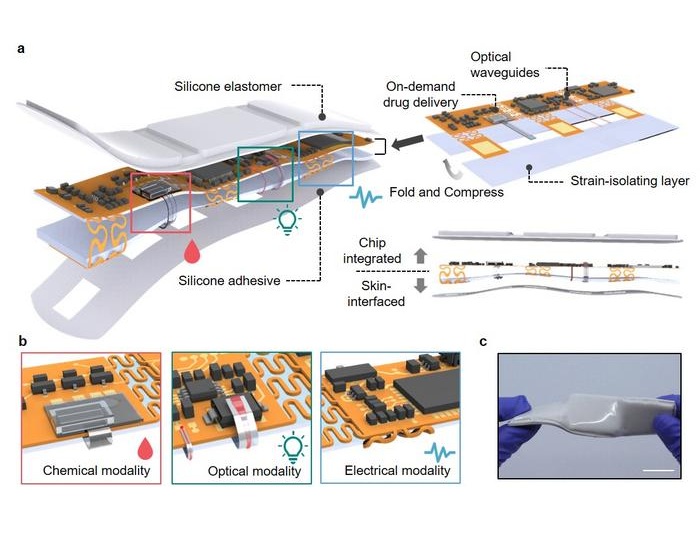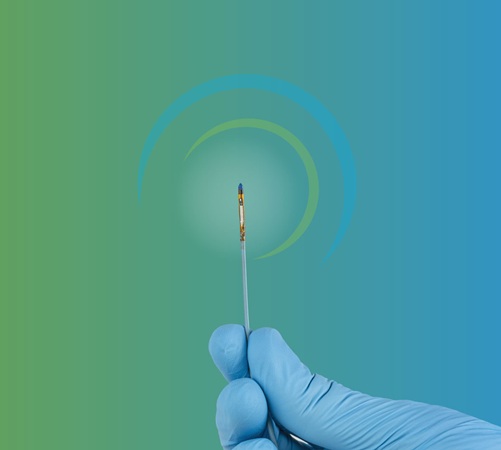Blood Viscosity Testing Can Predict Risk of Death in Hospitalized COVID-19 Patients
|
By HospiMedica International staff writers Posted on 19 Jul 2022 |

Doctors typically measure hematocrit and globulins (difference between total protein and albumin) in all patients for diagnosis and monitoring treatment of hospitalized COVID-19 patients; however, they do not measure blood viscosity directly. A validated estimate of blood viscosity can be derived from the hematocrit and globulins. Now, a new study has found that the estimate of blood viscosity was more strongly associated with mortality in COVID-19 patients than other commonly used risk stratification measures. This is an easy calculation that could be added to electronic medical records or lab forms and can improve chances for survival in hospitalized COVID-19 patients.
The large-scale study by researchers at the Icahn School of Medicine at Mount Sinai (New York, NY, USA) is the first to evaluate blood viscosity in the prediction of mortality in COVID-19 patients. The researchers looked at records of 5,621 COVID-19 patients from six hospitals in the Mount Sinai Health System between February 27, 2020, and November 27, 2021. All had clinical and laboratory-verified diagnoses of COVID 19 and were identified within 48 hours of hospitalization and followed until hospital discharge or death. The study found that hospitalized patients who had high blood viscosity had a 60% higher death rate with blood viscosity measured under high flow conditions such as the arteries and 32% higher mortality with blood viscosity measured at low flow such as the microcirculation (blood circulation in the smallest vessels), than patients with a low blood viscosity.
Blood viscosity is elevated by acute phase reactants (fibrinogen, macroglobulins) that have been associated with acute COVID-19 infections. Blood viscosity is an integrated measure of these acute phase reactants and the cellular components that can increase during infection. When the blood viscosity is high, physicians may consider therapeutic heparin for patients, hydration, or intensification of glucocorticoids to lessen the severity of the acute phase response to COVID-19. The study concluded that that a simple calculation of blood viscosity was more robust in the identification of hospitalized patients at risk for dying from COVID-19 complications when compared to common measures of inflammation and the blood clotting biomarker D-dimer.
“This study demonstrates the importance of checking for blood viscosity in COVID-19 patients early in hospital admission, which is easily obtained through routine lab work. Results can help determine the best treatment course for at-risk patients and help improve outcomes,” said Robert Rosenson, MD, Professor of Medicine (Cardiology) at the Icahn School of Medicine at Mount Sinai. “We are currently investigating the effects of therapeutic heparin to reduce the risk of complications during acute COVID-19 infections, which may greatly benefit those with high blood viscosity.”
Related Links:
Icahn School of Medicine at Mount Sinai
Latest COVID-19 News
- Low-Cost System Detects SARS-CoV-2 Virus in Hospital Air Using High-Tech Bubbles
- World's First Inhalable COVID-19 Vaccine Approved in China
- COVID-19 Vaccine Patch Fights SARS-CoV-2 Variants Better than Needles
- ‘Covid Computer’ Uses AI to Detect COVID-19 from Chest CT Scans
- MRI Lung-Imaging Technique Shows Cause of Long-COVID Symptoms
- Chest CT Scans of COVID-19 Patients Could Help Distinguish Between SARS-CoV-2 Variants
- Specialized MRI Detects Lung Abnormalities in Non-Hospitalized Long COVID Patients
- AI Algorithm Identifies Hospitalized Patients at Highest Risk of Dying From COVID-19
- Sweat Sensor Detects Key Biomarkers That Provide Early Warning of COVID-19 and Flu
- Study Assesses Impact of COVID-19 on Ventilation/Perfusion Scintigraphy
- CT Imaging Study Finds Vaccination Reduces Risk of COVID-19 Associated Pulmonary Embolism
- Third Day in Hospital a ‘Tipping Point’ in Severity of COVID-19 Pneumonia
- Longer Interval Between COVID-19 Vaccines Generates Up to Nine Times as Many Antibodies
- AI Model for Monitoring COVID-19 Predicts Mortality Within First 30 Days of Admission
- AI Predicts COVID Prognosis at Near-Expert Level Based Off CT Scans
- ECG Can Pinpoint Hospitalized COVID-19 Patients at High Risk of Death
Channels
Artificial Intelligence
view channel
Innovative Risk Score Predicts Heart Attack or Stroke in Kidney Transplant Candidates
Heart researchers have utilized an innovative risk assessment score to accurately predict whether patients being evaluated for kidney transplants are at risk for future major cardiac events, such as a... Read more
AI Algorithm Detects Early-Stage Metabolic-Associated Steatotic Liver Disease Using EHRs
Liver disease, which is treatable when detected early, often goes unnoticed until it reaches advanced stages. Metabolic-associated steatotic liver disease (MASLD), the most prevalent form of liver disease,... Read moreCritical Care
view channel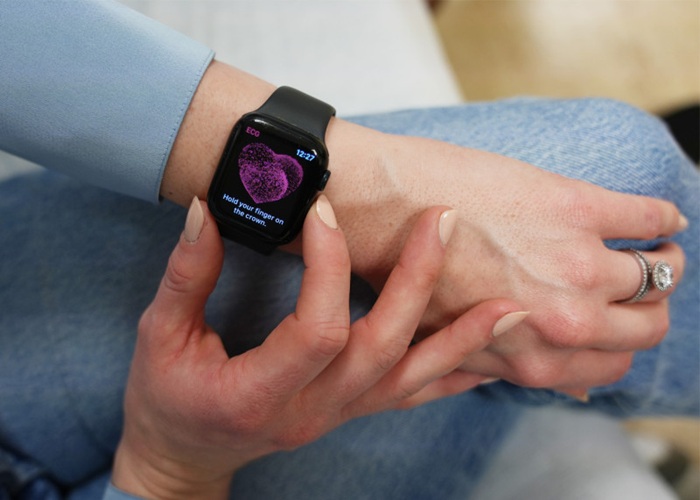
Wearables Could Reduce Need for Continuous Blood Thinners in Patients with Atrial Fibrillation
Atrial fibrillation (AFib) is the most prevalent heart arrhythmia, affecting over 5 million individuals in the United States, with projections suggesting that number could rise to 12.1 million by 2030.... Read more
AI Model Provides Real-Time Sepsis Risk Alerts for Improving ICU Patient Survival
Sepsis is a leading cause of death in intensive care units (ICUs), caused by an overwhelming response to infection in the body. Despite advancements in medical treatment, its in-hospital mortality rate... Read moreSurgical Techniques
view channel
Tiny Robotic Tools Powered by Magnetic Fields to Enable Minimally Invasive Brain Surgery
Over the past few decades, there has been a significant surge in the development of robotic tools designed to facilitate minimally invasive surgeries, improving recovery times and patient outcomes.... Read more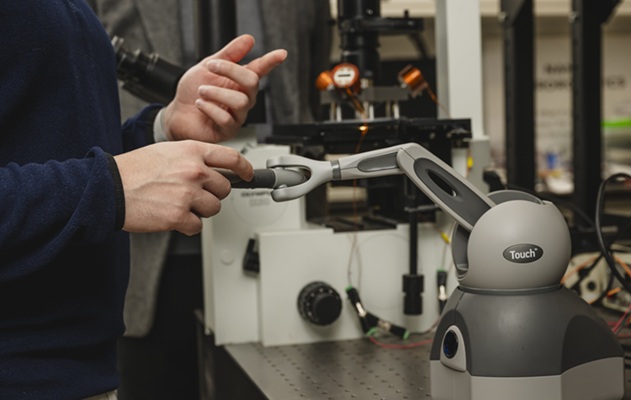
Magnetic Tweezers Make Robotic Surgery Safer and More Precise
Microrobots are small-scale robots designed using nanotechnology, and they hold significant potential for various medical applications, including surgery, targeted drug delivery, and biopsy.... Read morePatient Care
view channel
Portable Biosensor Platform to Reduce Hospital-Acquired Infections
Approximately 4 million patients in the European Union acquire healthcare-associated infections (HAIs) or nosocomial infections each year, with around 37,000 deaths directly resulting from these infections,... Read moreFirst-Of-Its-Kind Portable Germicidal Light Technology Disinfects High-Touch Clinical Surfaces in Seconds
Reducing healthcare-acquired infections (HAIs) remains a pressing issue within global healthcare systems. In the United States alone, 1.7 million patients contract HAIs annually, leading to approximately... Read more
Surgical Capacity Optimization Solution Helps Hospitals Boost OR Utilization
An innovative solution has the capability to transform surgical capacity utilization by targeting the root cause of surgical block time inefficiencies. Fujitsu Limited’s (Tokyo, Japan) Surgical Capacity... Read more
Game-Changing Innovation in Surgical Instrument Sterilization Significantly Improves OR Throughput
A groundbreaking innovation enables hospitals to significantly improve instrument processing time and throughput in operating rooms (ORs) and sterile processing departments. Turbett Surgical, Inc.... Read moreHealth IT
view channel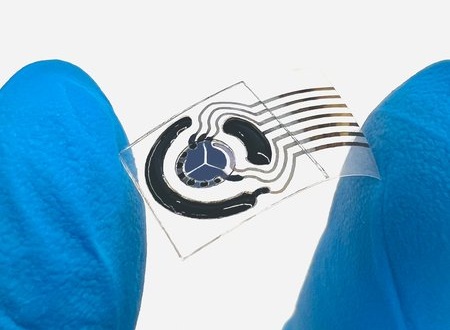
Printable Molecule-Selective Nanoparticles Enable Mass Production of Wearable Biosensors
The future of medicine is likely to focus on the personalization of healthcare—understanding exactly what an individual requires and delivering the appropriate combination of nutrients, metabolites, and... Read more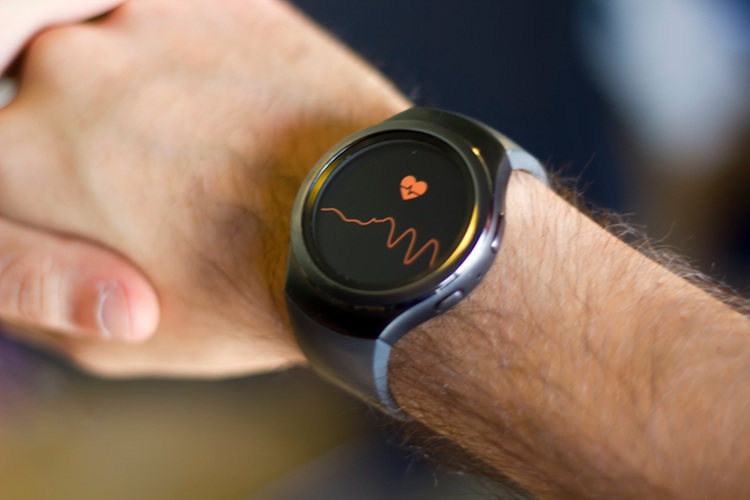
Smartwatches Could Detect Congestive Heart Failure
Diagnosing congestive heart failure (CHF) typically requires expensive and time-consuming imaging techniques like echocardiography, also known as cardiac ultrasound. Previously, detecting CHF by analyzing... Read morePoint of Care
view channel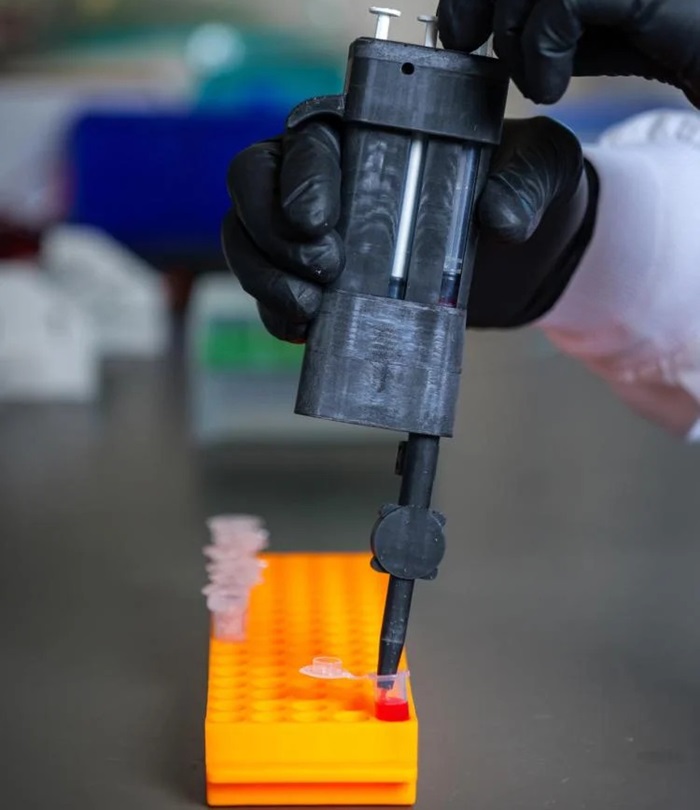
Handheld, Sound-Based Diagnostic System Delivers Bedside Blood Test Results in An Hour
Patients who go to a doctor for a blood test often have to contend with a needle and syringe, followed by a long wait—sometimes hours or even days—for lab results. Scientists have been working hard to... Read more
Smartphone-Enabled, Paper-Based Quantitative Diagnostic Platform Transforms POC Testing
Point-of-care diagnostics are crucial for public health, offering rapid, on-site testing that enables prompt diagnosis and treatment. This is especially valuable in remote or underserved regions where... Read moreBusiness
view channel
Expanded Collaboration to Transform OR Technology Through AI and Automation
The expansion of an existing collaboration between three leading companies aims to develop artificial intelligence (AI)-driven solutions for smart operating rooms with sophisticated monitoring and automation.... Read more





